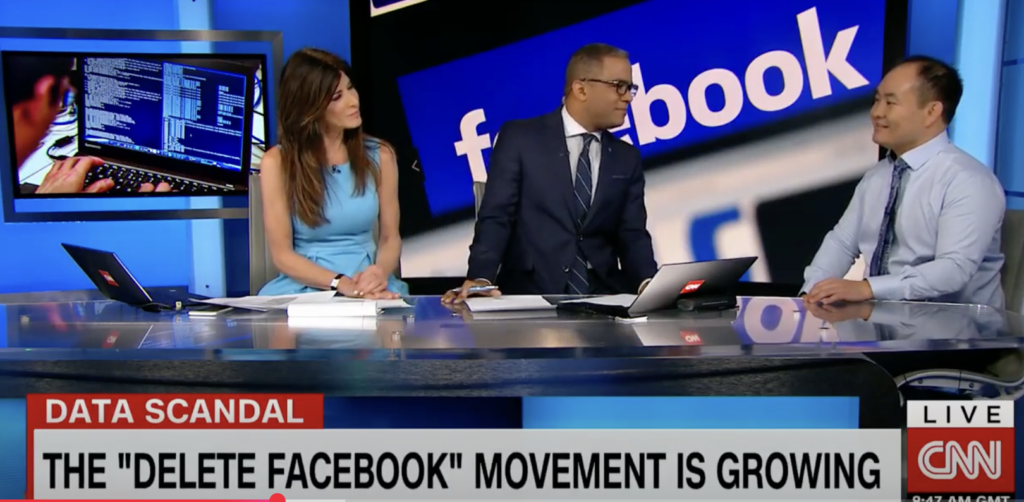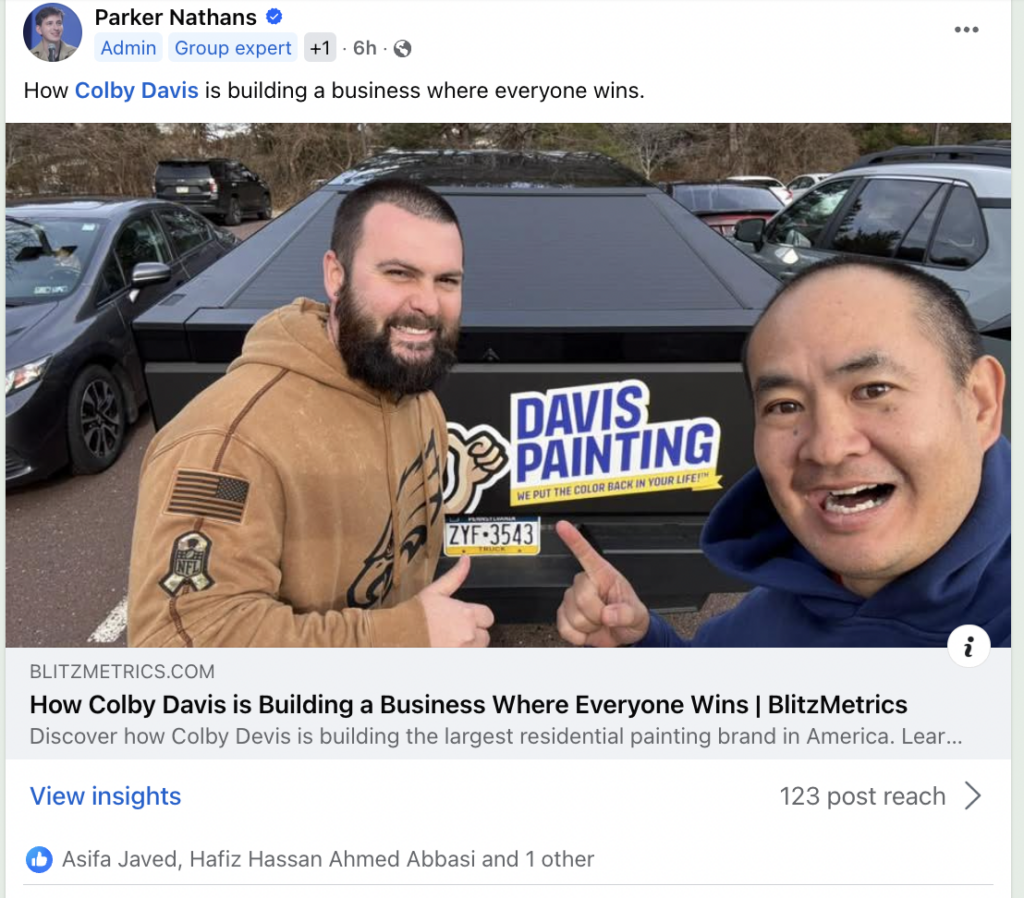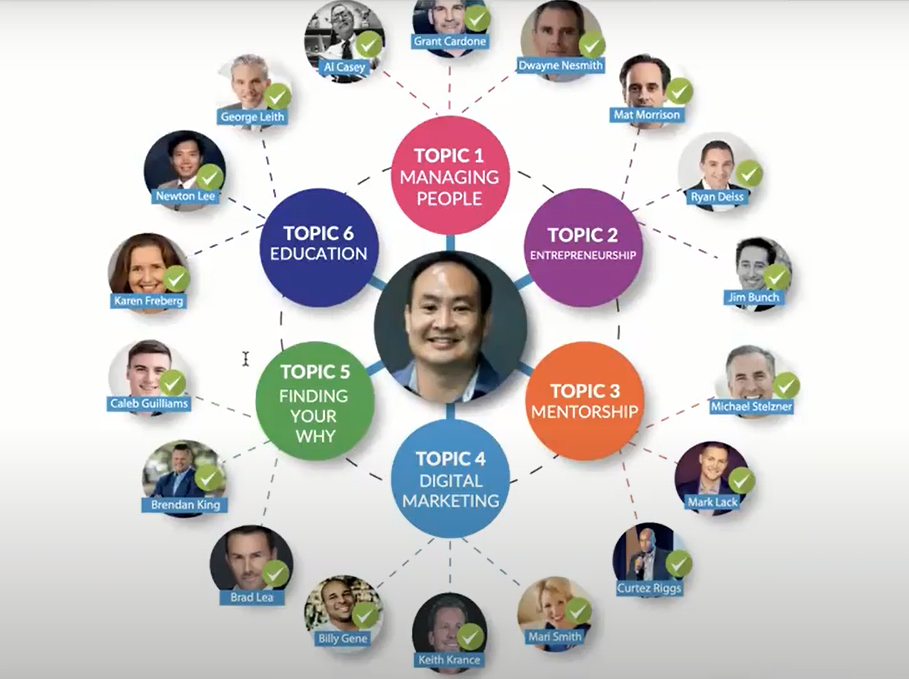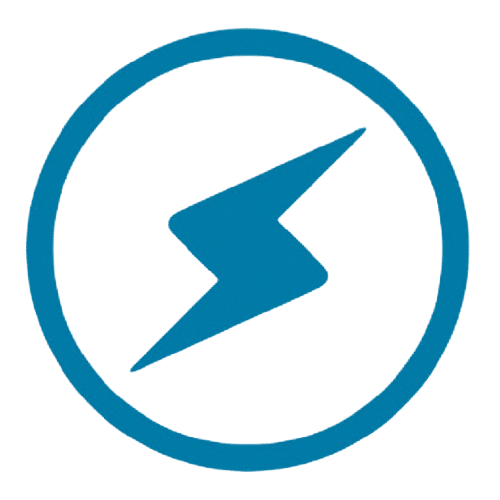If you’re serious about growing your personal brand or business, you need to be collecting positive mentions. These mentions are like gold—they build your authority, strengthen relationships, and make it easier to close deals.
In this guide, I’ll walk you through what Positive Mentions are, and exactly how to collect them over time to build your personal brand.
All business owners should understand this. If you’re a business owner under $50k/month, you should collect positive mentions yourself. VAs or internal team members should implement this on-going process, and we can use our VAs to help.
This isn’t a vanity play for yourself and your business – but a way to generate results over time.
Why Positive Mentions Are Your Best Asset

A positive mention is when someone says something great about you—an endorsement, a thank-you, or a story about you. The best part? You don’t even have to ask for them!
When you show appreciation and provide value, people naturally reciprocate. That’s the “Give First” mentality in action.
Positive mentions are more powerful than “testimonials”, since “testimonials” are often thinly veiled sales pitches where-as positive mentions are organic and documented proof of something.
When you consistently put goodwill out there, it comes back tenfold. It’s why Gary Vee talks about “jab, jab, jab, right hook.” Keep giving, and eventually, the opportunities will follow.
For example, positive mentions are how I was able to get on CNN and debate Mark Zuckerberg.
The Power of Saying Thank You
Here’s a quick challenge: Have you sent a 15-second thank-you video today? Try it. Surprise someone.
Shout them out on social media. Buy them a gift card or a Cameo. When you appreciate others, you create goodwill and give them a reason to talk about you.
Some quick ways to generate positive mentions:
- Send personal thank-you videos to clients and colleagues.
- Write LinkedIn recommendations and endorse others.
- Share customer success stories and celebrate wins.
- Highlight your partners and team members publicly.
It’s all about creating that positive cycle of engagement which attracts A Players and potential customers to your brand.
For example, here’s Alex Berman giving me a shoutout for helping him build his knowledge panel.
When you produce content which thanks people, the human mind wants to reciprocate. Meaning that by producing this content, you’re actually generating positive mentions at the same time!
Here’s a post I reference which caused folks to comment and engage with me on how to change your sales approach.
These were just some of the responses we’ve had as a result.
In another example, take my podcast episode on YouTube with Tom Ferry and Jason Pantana.

From this video, take a look at the comments associated with it.

I’ve found that the easiest way to generate positive mentions through promoting others as much as possible. You’ll find that in our 43k member Facebook group and on my personal account, I rarely talk about myself. Instead, I do my best to promote others.
For example, we recently published an article promoting Colby Davis, owner of Davis Painting operating outside of Philadelphia, and shared it to our group.

Just minutes after hour post, Colby shared out article on his own FB profile, further amplifier our reach and thanking us.

This reciprocity isn’t forced. There’s no “I’ll scratch your back and you scratch mine” going on. Instead, we rely on sharing success stories broadly and letting human nature do the rest. In my 30+ years of business, the law of reciprocity has never failed me and it’s how you can build a rolodex of Positive Mentions while sharing stories from awesome people.
Why, How, and What of Content (Get This Right!)
A crucial part of documenting positive mentions is knowing which category they fit into.
These are “Why” videos (awareness), “How” videos (engagement), and “What” videos (conversion). For our purposes of publishing and documenting Positive Mentions, it’s critical we understand which is which.
Most people mess this up.
Your content must fit into one of these three categories:
- Why Content – This is where you tell stories and share emotions. People connect through experiences, so share a moment that impacted you or your business.
For example, in the video above we went over Steven Kelch’s Facebook post where he shared words of encouragement while walking outside with his wife, demonstrating authenticity and relatability.
The point of “why” videos are to introduce yourself or in other words, “why” you do something.
For a better template for making a “why” video, consider using this script:

- How Content – Teach something. Break down a process step by step. The more you share what you know, the more you establish yourself as an authority.
For this example, we went over a FB post from Dr. Jordan Bowen on how to do stretches for his audience.
This is a “How” video because it’s demonstrating how something is done. Think about a hamburger, with the “Why” and “What” videos being in between the meat, which is the “How”.
Some of your effort is going to be on the “Why” and the “What”, but most of your effort will be in explaining how you do what you do.
- What Content – This is the call to action. Tell people exactly what you do and how they can work with you.
Recently we went on a hiring spree and posted content with a call to action on how potential VAs could work with us in our Facebook group.
A more relevant example for you might be “I help small businesses in Tampa generate leads with digital marketing. Contact me for a free consultation.”
Or you might be a real estate agent in Los Angeles explaining how they help first-time homebuyers find the perfect home.
This is where you’re allowed to tell others what you do and who you work with.
When you mix these up, your content loses impact. Get clear on what type of content you’re making, and you’ll start seeing better engagement and results.
The Topic Wheel: Your Content Strategy Framework
If you want to scale your brand and make the most out of collecting positive mentions, you need a Topic Wheel. This is the structure that organizes your content into a repeatable, sustainable system.
By structuring your content within the Topic Wheel, you ensure that every piece of content serves a purpose. Instead of posting random content that doesn’t align with your expertise, you are consistently reinforcing your authority within a set of defined topics.
Over time, this builds a clear, recognizable brand that audiences trust.
The Topic Wheel also helps in discovering gaps in your content strategy as shown in our Personal Brand Manager. If one of your core topics lacks sufficient content, you can focus on creating more within that area.
This ensures balanced, comprehensive coverage of all aspects of your expertise, increasing your credibility and making it easier for potential clients to see the full picture of what you offer.
Finally, when your content is well-organized within the Topic Wheel, it makes it significantly easier to collect and leverage positive mentions. When people engage with your content, they’ll naturally start mentioning and recommending you within those defined areas of expertise.
By consistently producing valuable content within your wheel, you create more opportunities for Positive Mentions to arise organically.
Here’s how it works:
Identify Your Core Topics – These should be the major areas where you want to establish authority. For myself, this would be Managing People, Education, Entrepreneurship, Finding Your Why, Mentorship, and Digital Marketing.
Everyone is different and you shouldn’t copy me exactly.
For example, for you this might be real estate, cryptocurrency, politics, religion, economics, and hiking.
Break Topics into Subtopics – Under each core topic, list 5-6 subtopics.
- Digital Marketing
- Facebook Ads
- Google Ads
- LinkedIn Growth
- Content Marketing
- SEO Fundamentals
- Business Growth
- Scaling Your Agency
- Hiring the Right Team
- Retaining Clients
- Pricing Your Services
This allows us to get even more specific from how the Positive Mention works in our framework.
Lastly, create content with high authority people.
For example, if I’m making content with Grant Cardone, that implies that I have some knowledge of managing businesses, growing teams, and selling.

Creating and Using a Google Sheet to Track Positive Mentions
A simple yet powerful way to track positive mentions is by using a Google Sheet. This ensures that all your valuable testimonials, endorsements, and mentions are stored in one easily accessible place.
Here’s how to set it up:
Step 1: Create Your Google Sheet
- Open Google Sheets and create a new spreadsheet.
- Title it “Positive Mentions Tracker” to keep it organized.
- Set up the following columns:
- Date – The date the mention was made. (I like to go year/month/day so it’s easier to find)
- Name – Who gave the mention?
- Platform – Where was it posted (LinkedIn, Facebook, Email, etc.)?
- URL – Link to the mention (if applicable).
- Type – Categorize as a Why, How, or What mention.
- Topic – Align with your Topic Wheel categories.
- Quote/Summary – A short snippet of what was said.
- Authority Score – A rating from 1-10 on how valuable the mention is.
I rate the authority of a positive mention based on three key factors, each scored from 1 to 10, which together determine the overall authority score:
Who is Saying It (Authority of the Person) – How influential is the person giving the mention? A well-known industry leader or media outlet would score higher (8-10), while a new or lesser-known individual might be lower (1-4).
Where the Mention Is Published (Authority of the Platform) – Is the mention coming from a high-authority source, such as a major news site, a respected podcast, or a large LinkedIn group? The more authoritative the platform, the higher the score.
What Is Being Said (Strength of the Mention) – How strong and impactful is the mention? A simple “Thanks, you’re great!” is nice, but a detailed testimonial explaining why you’re the best at what you do carries far more weight.
The total authority score is calculated by summing the scores for Who, Where, and What, with a maximum possible score of 30 points.
For example, when GoDaddy published a video featuring me, this would be considered a high authority mention with a total score of 25.
I’ll list some more high profile
Media Features: I’ve been quoted in major publications and appeared on television networks such as CNN, The Wall Street Journal, The Washington Post, NPR, and the LA Times.
Client Collaborations: I’ve managed campaigns for prominent clients, including Nike, Red Bull, the Golden State Warriors, Ashley Furniture, and Quiznos.
Educational Partnerships: I’ve partnered with companies like GoDaddy, Fiverr, OnlineJobs.ph, 7 Figure Agency, and Vendasta to create training and certifications, contributing to his mission of generating one million digital marketing jobs.
Step 2: Populate the Sheet with Existing Mentions
Go through:
- Facebook Memories – Find old positive posts about you.
- LinkedIn Recommendations – Copy and paste positive endorsements.
- Client Emails – Screenshot or summarize great feedback.
- Podcast Interviews/Webinars – Note where you were praised or recommended.
Many ways to find positive mentions through social media and Google by typing in your name and the person’s name who mentioned you.
Step 3: Update Your Sheet Weekly
- Set a reminder to log new mentions every Friday.
- Assign a VA (Virtual Assistant) to manage and categorize mentions.
- Add an Action Column to indicate if a mention needs follow-up (e.g., repurposed into a social post).
Step 4: Repurpose Mentions for Maximum Impact
Once you have these positive mentions, use them in:
- Social Media – Share screenshots and tag the person who gave the mention.
- Marketing Materials – Include them in your website, presentations, and sales pitches.
- Ads – Feature strong testimonials in your paid ad campaigns.
- Email Campaigns – Use positive mentions in drip email sequences.
By tracking and using these mentions strategically, you’re consistently reinforcing your credibility and authority in your field.
Engage, Amplify, and Repurpose
Once you have these mentions, use them everywhere:
- Reply to and amplify – Comment, share, and tag people.
- Turn mentions into micro-content – Chop up testimonials and repurpose them into social posts.
- Use mentions in your marketing – Feature them in ads, sales pages, and presentations.
- Create a Thank You Loop – Keep the cycle going by always giving back.
Authority is the Endgame
When you have a content library full of positive mentions, you establish yourself as the go-to expert. When people trust you, they buy from you.
Your Next Steps:
- Start your content library TODAY. Create a simple spreadsheet and begin tracking positive mentions. Consider viewing our Personal Branding Course for more details.
- Build your Topic Wheel. Identify your core topics and organize your content accordingly.
- Post a thank-you video or message. Start building goodwill now!
Track at least 10 positive mentions this week. Commit to capturing these interactions.
